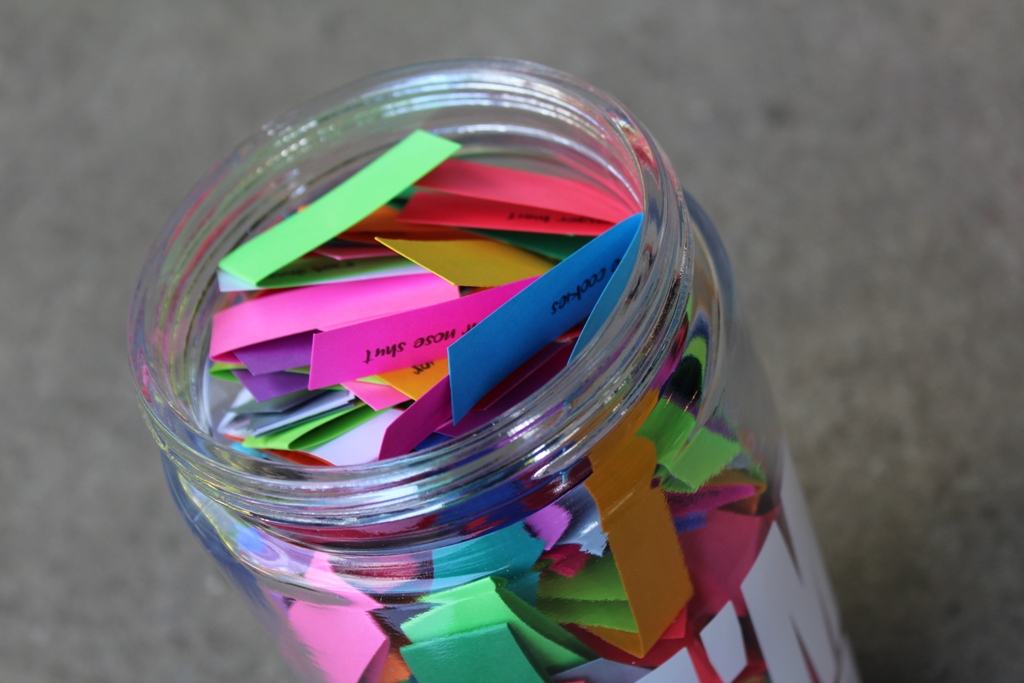Last night my creative little heart invited us to an evening
of entertainment. His act: stand-up comedy. He has spent a lot of time during
this quarantine creating funny videos and comic strips. He enjoys a standing weekly
date with his Mimi on Sunday nights where they watch Americas Funniest Videos
together virtually while on facetime. It made me think about how important it is to find reasons to laugh during this time of quarantine that is so full of
heavy, serious, scary, dull and boring moments.
Watching my son enter the room in a
fun outfit he put together, carrying a mic made of tinker toys reminded me of my
child hood. My sister and I would put on performances for my parents
friends and our family. We would push the coffee table out of the way and sing
and dance. I recall one time when I played the piano keyboard for my
grandparents. When I was done they clapped and said, “Encore, play us
another!” I only knew one song so I started playing it again and my Grampy said
to my Gram, “I thought she was going to play another song, a different song!” She elbowed him in
the ribs and while smiling, nodded at me to continue.
These are some of my best childhood
memories. I purposely have no images or video from last night’s comedy show to
share with you because I promised my son that I would keep that private, just
for family, but it got me to thinking: How much does sharing video and images of
these moments alter them? How unencumbered were my sister and I when we
twirled and danced without fear that it would be posted publicly? How freeing
is that to have these moments as memories without being publicly documented?
Tina Fey shared on The Tonight Show
a few weeks ago that her kids and some of their cousins and friends kids put on
a talent show virtually using video conferencing. She said it was a great way
to get the kids off their screens every once in a while. (If you’ve been
parenting through this quarantine you know the struggle to limit screen time
while distance learning on the internet and the easy access to hours of
streaming entertainment. The struggle is real!) Anyway, Fey said that she loved
being able to send them off to practice for the
talent show. My older son created a video clip of himself playing guitar for his
schools virtual talent show. Sharing these memories through the technology
available is a fun way to keep us somewhat connected while forced to stay
apart.
I organized some of my own students
(and a few brave teachers) to submit video clips of them dancing to a song they
all knew from school that had motions. Some students really enjoyed it and
others were good sports and participated out of obligation. I only shared it
with our small school community, but still the fear of documenting something
potentially silly deterred some students from enjoying participating and prevented others from joining in at all.
I guess my muse about at home live
entertainment this morning is that I want to encourage families to create
space this summer for their kids to put on a show completely undocumented. Give
them your full attention and allow them the gift of being able to take the risk
of being silly or performing in front of you without the anxiety of it being
archived on social media. Sit back, relax and enjoy the show.




